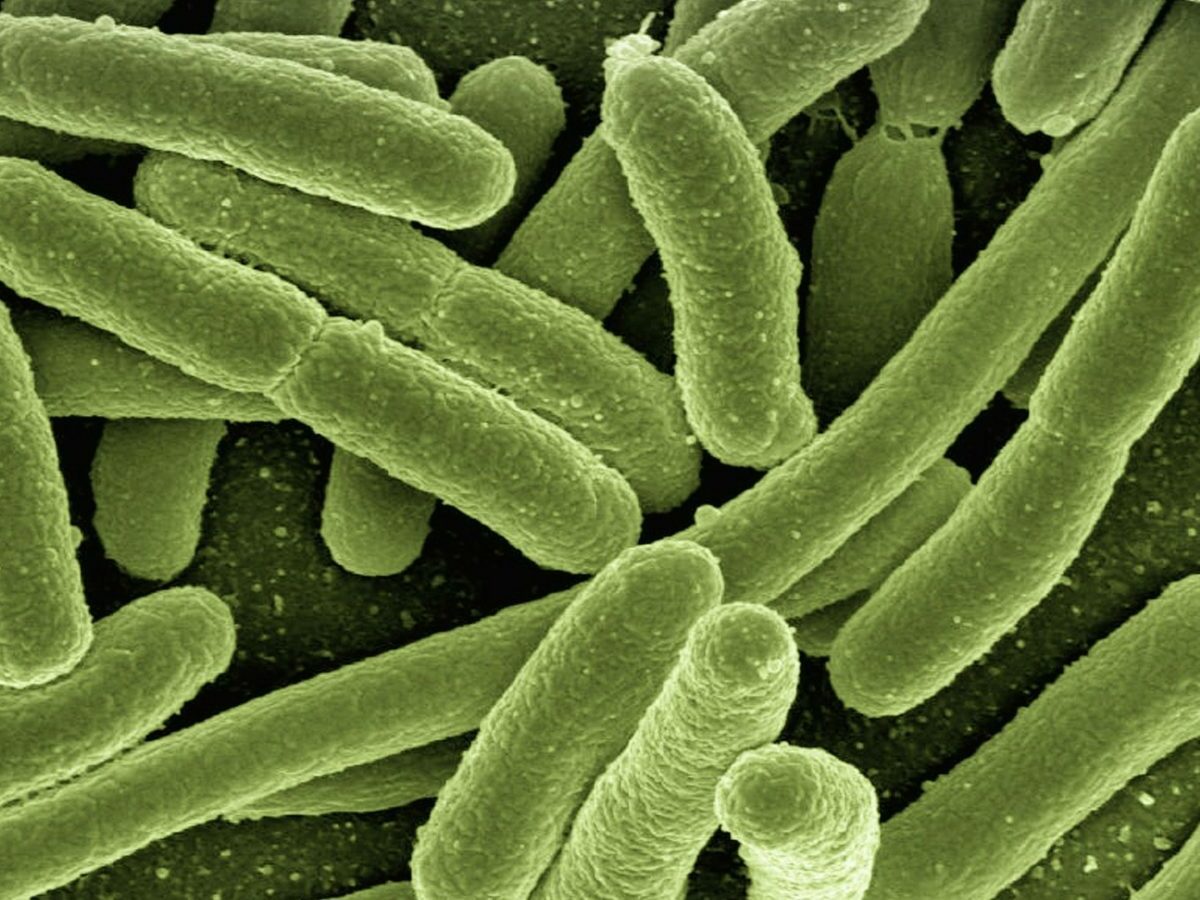Monash University researchers part of promising new immunotherapeutic development

Monash University researchers are part of a team developing an antibiotic breakthrough against “superbugs” which has seen the university take out a patent on a new immunotherapeutic.
The researchers were part of a team with Harvard University researchers, which has published work on using “chemoattractants” to boost the effectiveness of antibiotics against golden staph (pictured), a drug-resistant bacteria. Chemoattractants recruit immune cells to kill bacteria in an infection.
A combination of chemoattractant formyl peptide with antibiotic vancomycin in mouse models showed this treatment was “[two]-fold more effective than just using the antibiotic alone at one-fifth lower dose,” explained Associate Professor Max Cryle, an EMBL (European Molecular Biology Laboratory) Australia Group Leader at the Monash Biomedicine Discovery Institute, in a statement.
Dr Jennifer Payne, lead researcher from EMBL Australia and the Monash Biomedicine Discovery Institute, travelled to Boston to collaborate with Harvard microfluidics experts with assistance from funding from VESKI and Melbourne sister city foundation.
“Microfluidics was ground-breaking for this research, as it allowed us to generate an infection-on-a-chip to monitor the recruitment of human immune cells, and observe in real-time how our immunotherapeutic enhances their ability to kill MRSA. Just like what would happen in our body” said Payne.
Partners were now being sought to take the work into clinicals trials, said Monash.
Payne and Cryle describe the work in the video below.
Picture: Pixabay
Subscribe to our free @AuManufacturing newsletter here.
Topics Manufacturing News
@aumanufacturing Sections
Analysis and Commentary Awards Defence Manufacturing News Podcast Technology Videos






